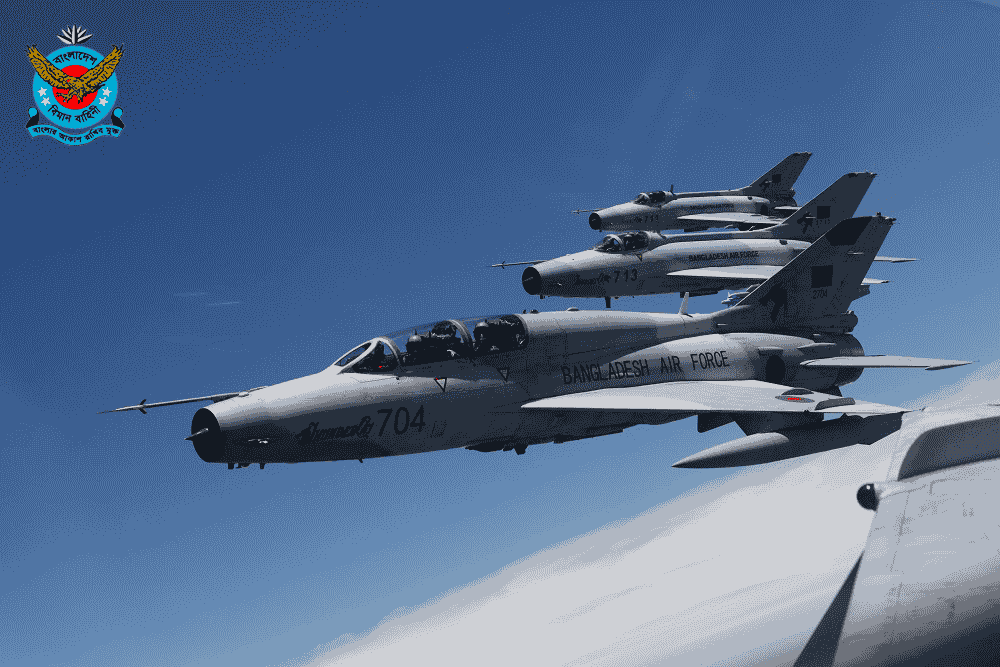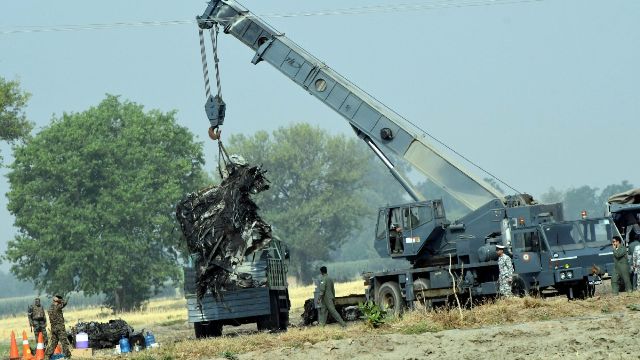Why Did Bangladesh Choose the Outdated Third-Generation F-7 Fighter Jets in the Era of Modern Combat Aircraft?
Published: Jul 26, 2025
At a time when military powers around the world are shifting toward advanced fourth and fifth-generation fighter jets, Bangladesh continues to rely on the older, third-generation F-7 fighters. This has raised many questions: Why such a seemingly outdated decision? The answer lies within Bangladesh’s complex political history and the delicate game of diplomatic balancing. Let’s explore the reasons behind this choice.
MiG-29 and Political Turmoil
In 1999, the then-Awami League government signed a deal with Russia to procure 16 fourth-generation MiG-29 fighter jets — a major step toward modernizing the country’s air defense system. However, after a change in government, the newly elected BNP administration canceled the deal. As a result, only 8 of the 16 jets were delivered, despite full payment having been made. The remaining 8 jets, although paid for, were never delivered and were later sold by Russia to Poland at a reduced price. Accusations of corruption involving the former Awami League government also surfaced, sparking widespread political controversy. Consequently, future plans to acquire fourth-generation Russian jets became politically sensitive and uncertain, directly impacting military strategy.
China’s Friendship Diplomacy, F-7BG, and the BNP Government
Following the cancellation of the MiG-29 deal, the BNP government turned to China to strengthen military ties and chose to purchase third-generation F-7BG jets in 2005. China was a close diplomatic ally of the BNP government, and this move helped deepen bilateral military cooperation. Although the F-7BG was technologically outdated, it was considered a "safe" and politically convenient option due to its lower diplomatic risks.
The India Factor and Awami League’s Purchase of F-7BGI
When the Awami League returned to power, it began discussions in 2011 about acquiring more modern, fourth-generation fighters. However, neighboring India expressed concerns, fearing that such a move could turn Bangladesh into a strategic threat to India’s northeastern region. In an effort to avoid regional tensions and maintain good relations with China, the Awami League opted again for third-generation jets, this time purchasing the upgraded F-7BGI model from China. This move helped ease India’s concerns while preserving ties with China — a strategic balancing act. Interestingly, Bangladesh’s purchase of the F-7BGI marked the final production batch of the F-7 series, as China shut down the production line in 2013.
Tragically, one of these very aircraft — a two-seater training version of the F-7BGI — later crashed near Milestone College, claiming the lives of innocent students and teachers.
Today, it remains uncertain when Bangladesh will finally be able to acquire advanced 4.5 or 5th-generation fighter jets. The question remains: When will Bangladesh be able to purchase military hardware based on its own needs and national interest, free from political disputes and the influence of India, China, Russia, or the U.S.? Or will it continue to be a pawn in the regional power balance game, trying to keep everyone happy at the cost of its own strategic autonomy?


